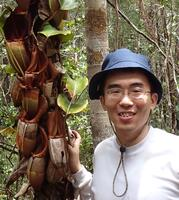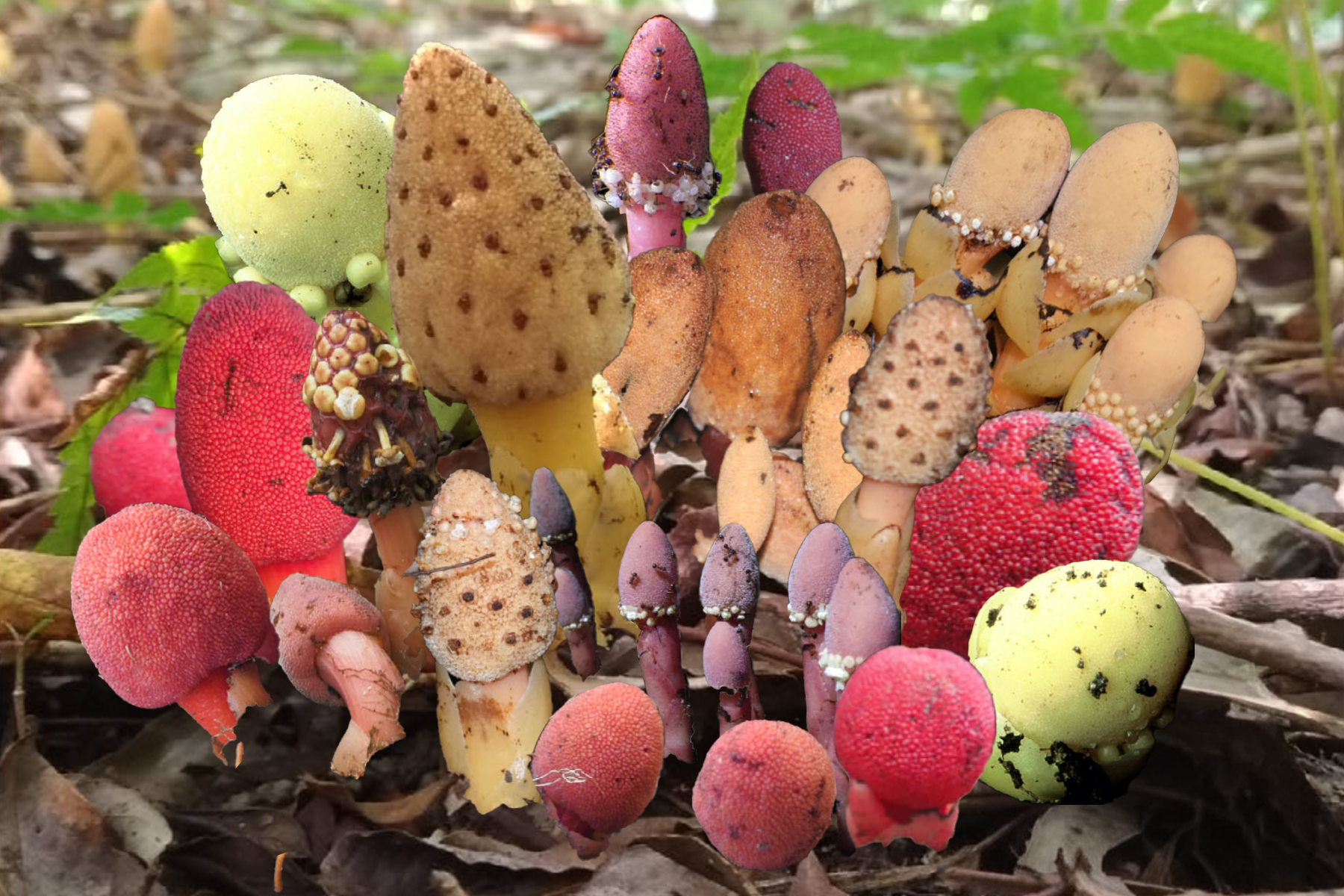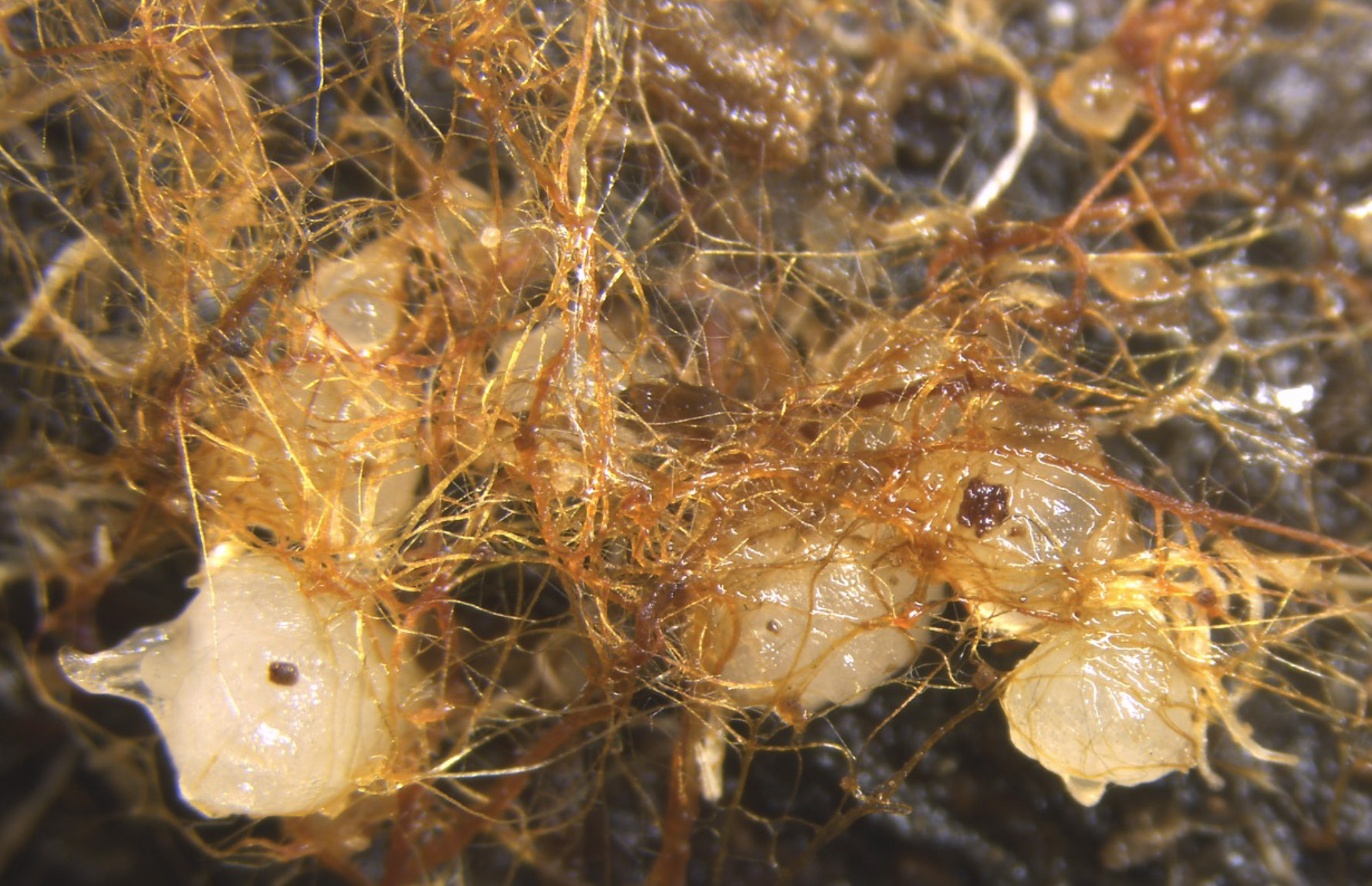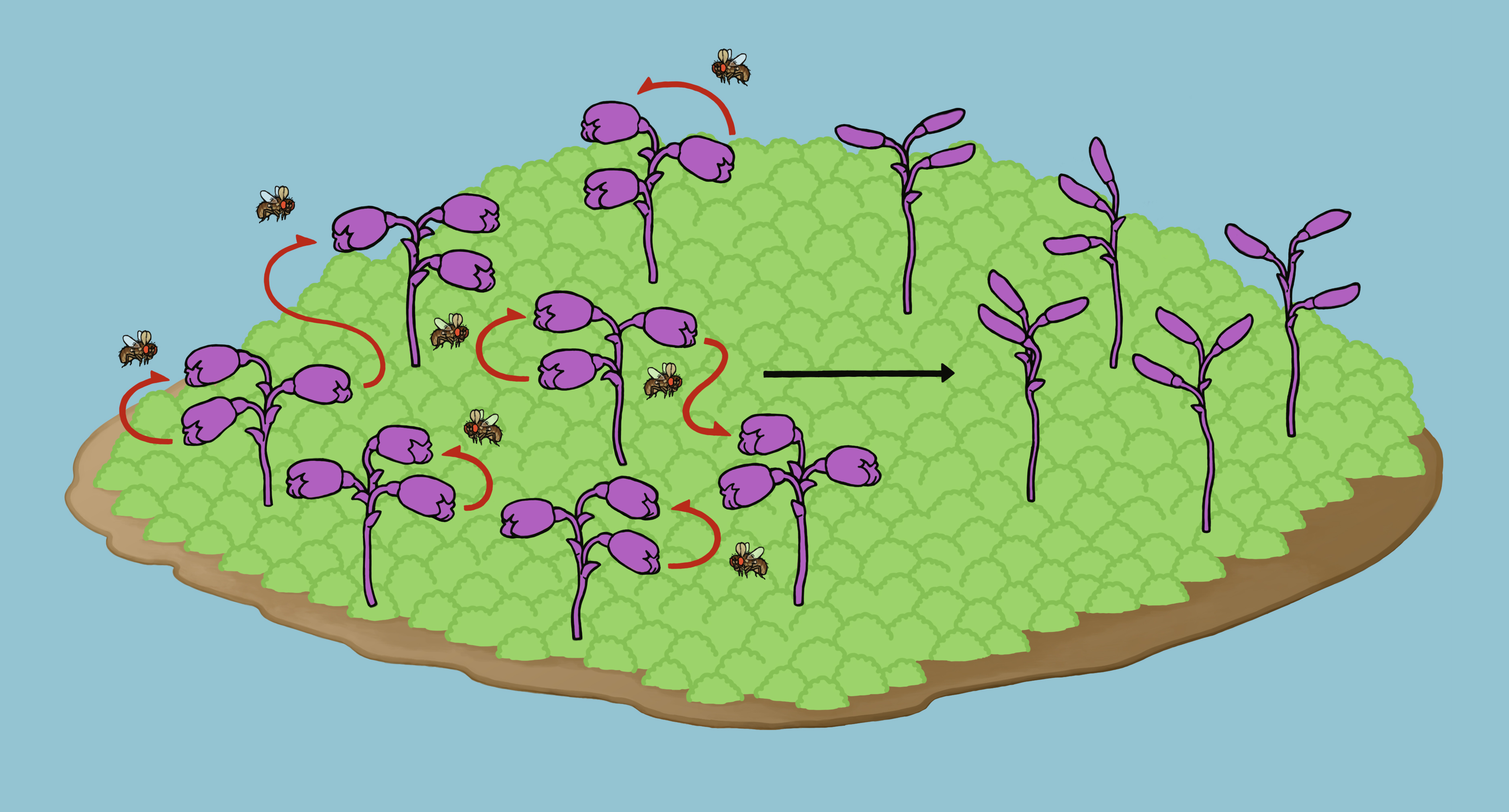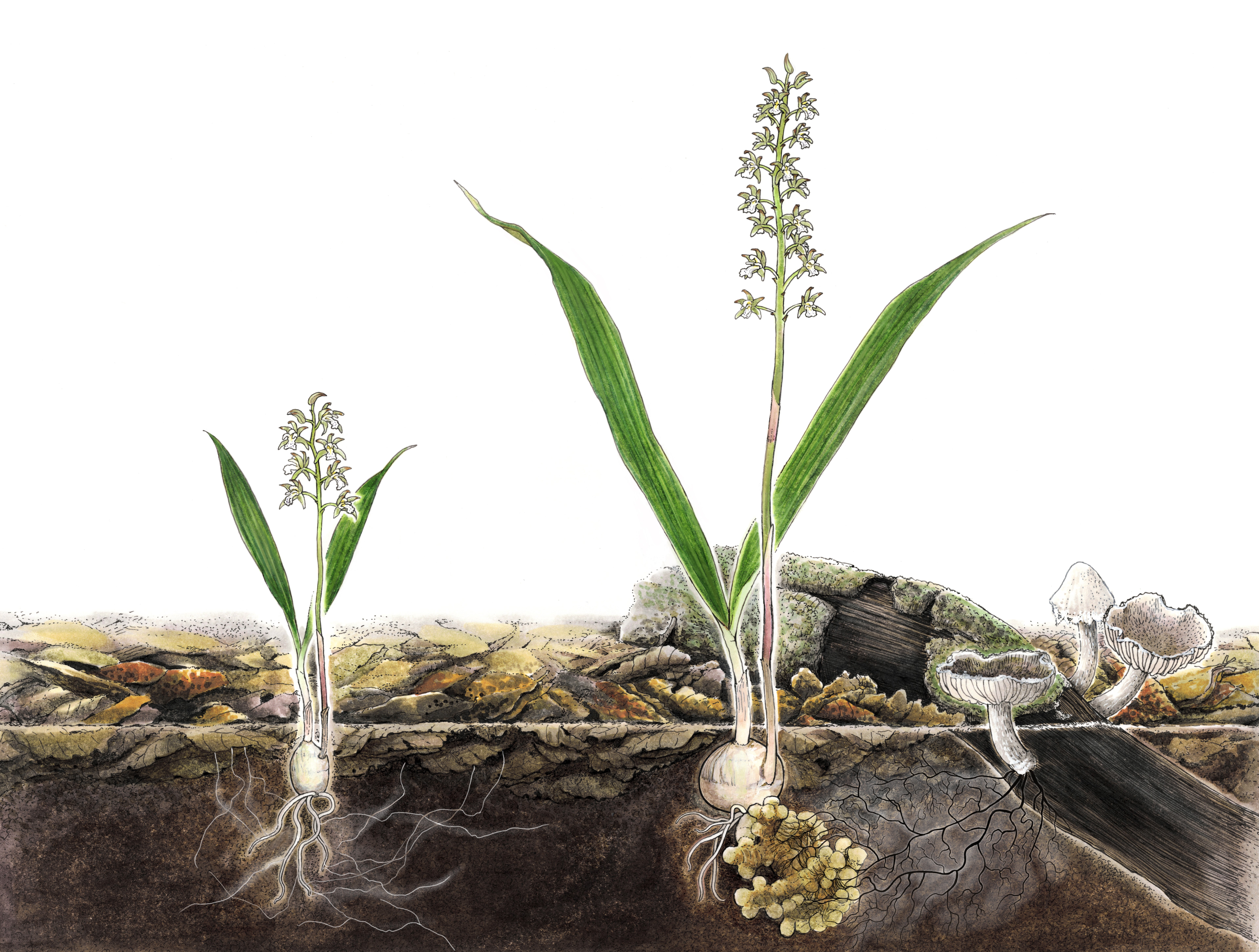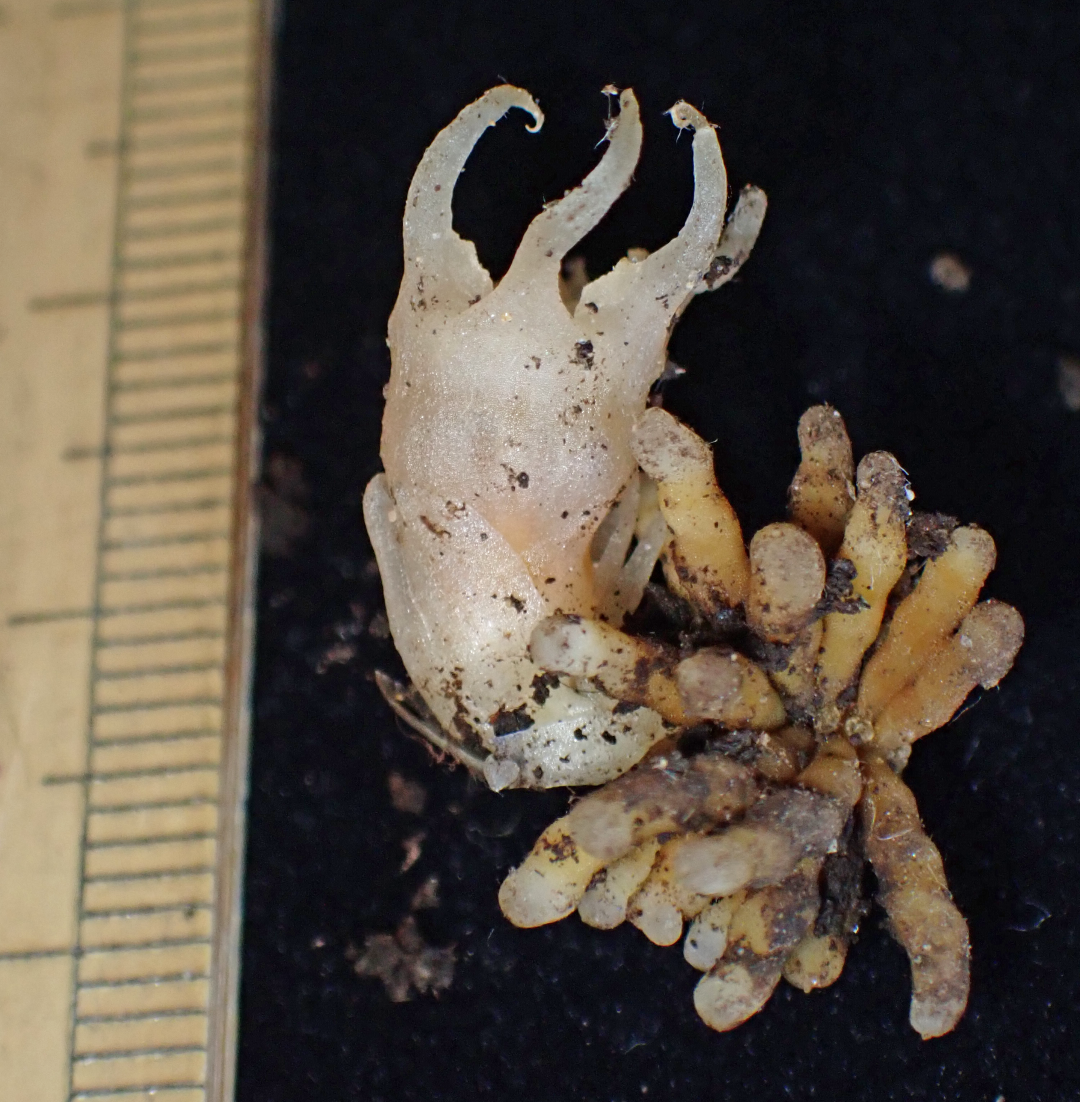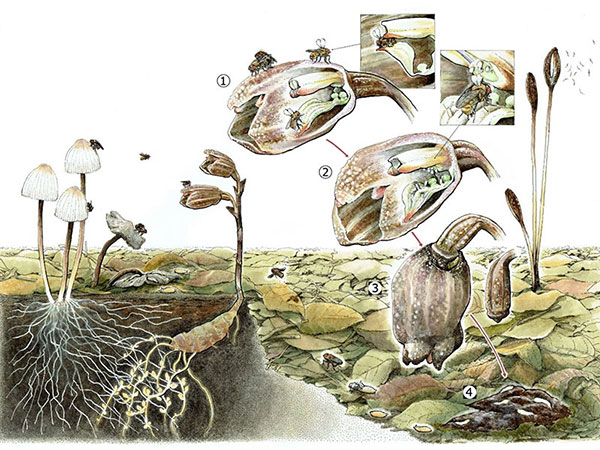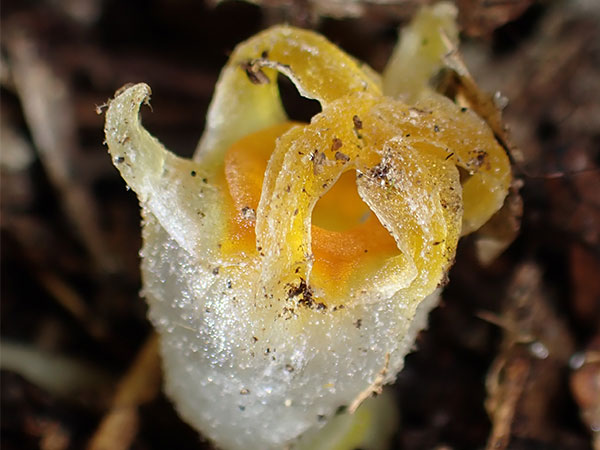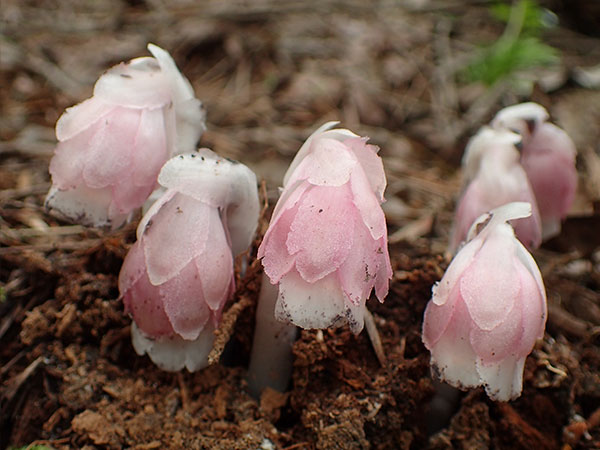Kobe University associate professor Kenji Suetsugu reveals the hidden world of plants that feed on other organisms
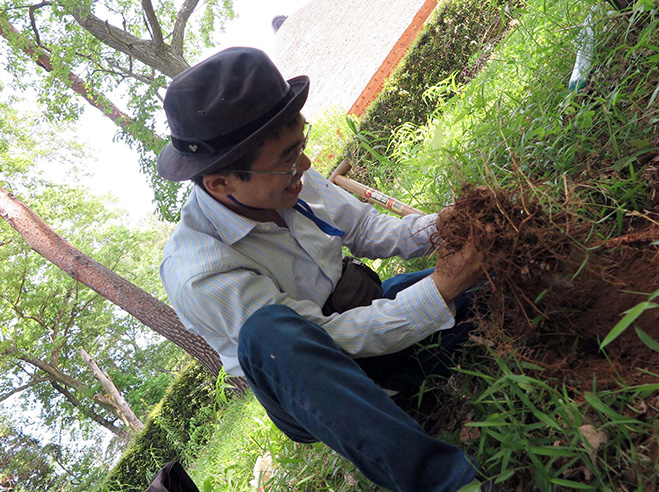
Kenji Suetsugu is drawn to the plants that go unnoticed by others. Far below the forest’s green canopy and multicolored flowers, these nondescript plants peek just above the rich soil, often without even sprouting leaves. They are passengers — plants that have evolved to live off the energy of other organisms. The parasites fascinate Suetsugu, an associate professor at Kobe University, who calls the question of their origin “one of the most interesting and challenging topics in plant evolution”.
“Plants are generally assumed to be photosynthetic, but several lineages have evolved to depend on other organisms for their nutrition,” says Suetsugu. “I want to understand how and why these plants have lost their photosynthetic capacity.”
Over the past 10 years, he has discovered five new species of the parasitic plants, including two orchids. His research has revealed the tricks these plants use to survive in the dark, and their role in shaping the biodiversity of communities around them.
Root of the question
Suetsugu grew up near the rich and unique biota of Nara Park in Japan’s ancient capital city. “My early childhood experiences in the park stimulated my interest in biological interactions and the natural history of the intriguing organisms in terrestrial ecosystems,” he says. “The dung beetle Phelotrupes laevistriatu was one of my favorite insects. Its beautiful coloration made me think about the importance of shape and color in evolution.”
These early interests translated into a passion for hands-on biology. Suetsugu’s research has taken him to Laos and Malaysia to study and collect parasitic plants. “I spend as much time as possible in the field, except during the winter.”
Parasitic plants survive by penetrating their host’s tissues with a unique structure, called a haustorium, through which they can draw nutrients. Some parasitic plants, known as fully heterotrophic plants, rely entirely on other plants for their nutrients.
While researchers can readily identify the host species of stem parasites by observing the plants they grow on, in root parasites the haustorial connections are underground and not visible. Instead, the hosts of root parasites have traditionally been inferred based on the species they grow close to. Since early in his career, Suetsugu has advocated a better surveying technique that was developed by scientists at the University of East Anglia in 1989. The approach relies on excavations, allowing researchers to directly observe the haustorial connections and count the number of associations with plants of different species to determine which plants a parasite prefers.
The excavations are labor intensive, but Suetsugu has used the technique to demonstrate that root parasites can be significant shapers of the dynamics and composition of their communities. In 2009, Suetsugu’s team dug turf samples from sites near the Ai River in Osaka and the Kizu River in Kyoto to find the hosts of the parasitic plant yellow bartsia (Parentucellia viscosa)1. Their excavations identified hosts that had been overlooked by the traditional method. They also revealed that some species can defend against haustoria after a connection is made, highlighting the need for even more detailed investigations to verify the host species. Yellow bartsia parasitizes several of the most common species in an area, which relieves the pressure on less dominant species and allows them to flourish. These dynamics reveal that parasitic plants can increase biodiversity and shape the communities around them.
Bloomless flowers
Through his field research, Suetsugu has also discovered five new parasitic plant species, including two orchids from Japan’s Takeshima Island2,3 — an impressive feat, given how thoroughly Japan’s plants have been characterized. Unlike yellow bartsia, which parasitizes other plants, these orchids get their nutrients from fungi, sometimes without providing anything in return. Around 1% of orchid species, of which there are around 50,000 known species, have become fully parasitic on fungi and completely lost the ability to photosynthesize. “Most land plants form mutualistic relationships with fungi,” explains Suetsugu, “but these relationships also provide an opening for parasitic species to exploit the fungi.”
Fungi thrive on the thick, rich topsoil of dark forest understories. By relying entirely on fungi for food, these parasitic orchids can colonize poorly lit areas where photosynthesis is limited and thus avoid competition with green plants. However, adapting to these low-light environments makes the parasites unattractive to potential pollinators, who prefer brightly lit areas full of plants. As a result of the trade-off, many parasites have evolved flowers that self-pollinate and, in extreme cases, never even open.
Two of the species discovered by Suetsugu do not flower, including the orchid Gastrodia takeshimensis. “I’m fascinated by its peculiar biology — it’s my favorite parasitic plant,” he says.
“Interactions with pollinators are often considered the driving force behind the evolutionary diversification and tremendous variety of orchid species,” says Suetsugu. These interactions have allowed orchids to become one of the largest families of flowering plants. Cross-pollination by insects even helps parasitic plants mix their genes and keep ahead in the arms race with their hosts — a breeding tactic that fully self-pollinating parasitic orchids have given up. Suetsugu is eager to understand the ecological and evolutionary implications of such an extreme strategy. “These orchids may represent an evolutionary dead-end,” he says.
Avian transport
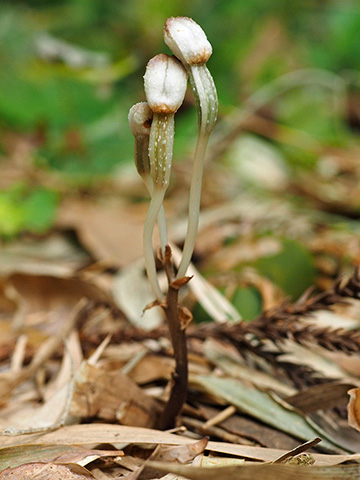
Life in the understory presents another challenge to parasitic orchids. Orchids usually produce many wind-borne dust-like seeds, but wind dispersal is much less reliable in the understory than in open areas. Nevertheless, wind dispersal remained the prevailing supposition about parasitic orchids until Suetsugu’s discovery in 20154. His team used cameras with motion sensors to monitor plants of the fully parasitic orchid Cyrtosia septentrionalis. They spotted four species of birds perching on the orchid’s stalk to eat the sweet, fleshy, red fruit, and later found intact C. septentrionalis seeds in the birds’ droppings.
This is the first example of seed dispersal by birds in any orchid, parasitic or photosynthetic. Several related species produce similar fruit, suggesting the behavior may be more common than realized. In addition, the seeds of some Vanilla orchid species are thought to be dispersed by animals, leading Suetsugu to argue that seed dispersal mechanisms may also have played an important role in shaping the diversity of orchids.
Suetsugu is attracted to the unusual. He hopes that the use of new tools in physiology and genomics will help resolve long-standing questions about parasitic plants, deepening our understanding of the dual faces of mutualism and parasitism.
References:
- Suetsugu, K., Takeuchi, Y., Futai, K. Kato, M. Host selectivity, haustorial anatomy and impact of the invasive parasite Parentucellia viscosa on floodplain vegetative communities in Japan. Botanical Journal of the Linnean Society 170, 69–78 (2012).
- Suetsugu, K. Gastrodia takeshimensis (Orchidaceae), a new mycoheterotrophic species from Japan. Annales Botanici Fennici 50, 375–378 (2013).
- Suetsugu, K. Gastrodia flexistyloides (Orchidaceae), a new mycoheterotrophic plant with complete cleistogamy from Japan. Phytotaxa 175, 270–274 (2014).
- Suetsugu, K., Kawakita, A., Kato, M. Avian seed dispersal in a mycoheterotrophic orchid Cyrtosia septentrionalis. Nature Plants 1, 15052 (2015).

